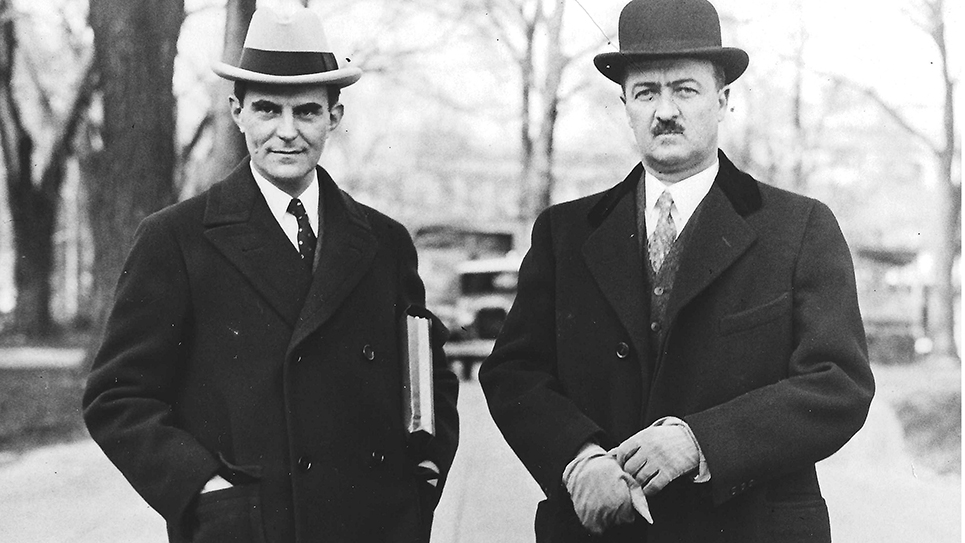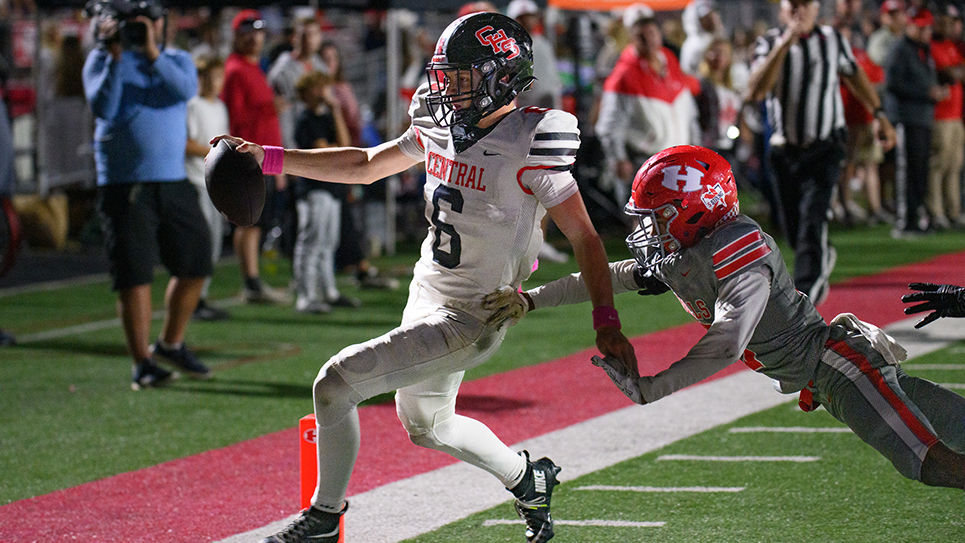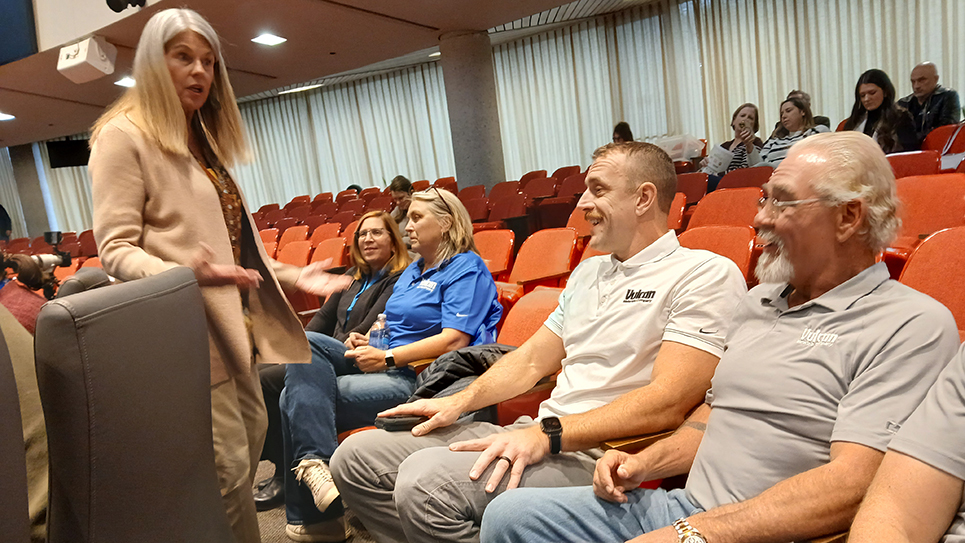By Tom Mattingly
It was on a Sunday night, Dec. 1, 1963, and into the wee hours of Monday morning, Dec. 2, that sportswriters, such as the News-Sentinel’s Marvin West, were doing everything they could to find out about Arkansas assistant coach Doug Dickey. Dickey, six months past his 31 st birthday, was apparently Bob Woodruff’s choice to lead the Vols back to gridiron glory.
Never mind that News-Sentinel sports editor Tom Siler had assessed the coaching possibilities very differently in that Sunday’s sports section. Siler had projected four candidates for the job, with none of them being Dickey. Siler wrote that Paul Davis, a Knoxvillian coaching at Mississippi State, Jim Owens at Washington, Clay Stapleton at Iowa State, and Murray Warmath at Minnesota were the likely candidates. Stapleton and Warmath were former Vols. A day later, Army’s Paul Dietzel’s name was also mentioned.
It’s amazing, even looking back today, that there were no leaks up until the final hours, a bunch of smoke but very little fire. Nothing in the media reports had suggested Dickey was the man, even though more than one media member knew that Woodruff had had his eye on Dickey since their days at Florida. Media members seemed convinced some other, bigger name coach would get the job.
A standard research tool, the telephone, finally yielded the lead they needed.
A phone call to the Dickey home in Fayetteville, Ark., revealed that Dickey was on his way to Knoxville to become Tennessee’s new head coach. It was a circuitous route, first by private plane to Memphis, thence by train overnight to Knoxville. (Yes, coaches, and other people as well, rode trains in those days.)
It was a hush-hush plan designed to keep Dickey away from all those nosy sportswriters.
Dickey was to arrive in Knoxville at 6 a.m. at the Southern Railway station, meet briefly with U. T. president Andy Holt, then meet the media later that morning.
It was a good plan, but there were several intervening factors. Dickey recalled meeting media representatives either at the train station or on the train once it left the station. The Knoxville Journal had the first hit on the story that morning, a front-page story “above the fold,” complete with file photo of Dickey.
Not to be outdone, the News-Sentinel had reporter Marvin West, then all of 29 years old, at the train station with his trusty Rollicord camera, and he managed to get a photo of Dickey and Woodruff once Dickey disembarked from the train. It was just a matter of persistence.
“At maybe 5:15 a.m., I go to the Southern Railway Station, and I’m waiting for the train,” Marvin said. “I’ve been there 30 or 45 minutes, and Coach Woodruff shows up. Coach Dickey bounds off the train onto the platform with an overcoat on, maybe a 42 triple long.”
Even at that early hour, Dickey had an impressive bearing.
“Dickey was tall, military erect, serious as all get-out,” he said. “I have my little camera, and I’m going to make a picture for that day’s News-Sentinel, before he’s presented to the board, before he’s formally hired. I’m going to get it in the paper somehow.”
Then came an interesting little incident for posterity.
“Woodruff tried twice to get between Dickey and the camera to keep the news from getting out. Everybody in the world knew Dickey was the football coach. It just hadn’t been rubber-stamped yet. I’m dodging one way, and Woodruff’s moving the other, and I manage to get one or two shots.”
“They confirmed Dickey as coach at 10 a.m., and we changed the cutline between editions. That’s the story.” The headline on the front page read, “Dickey Gets 4-Year Contract as U-T Grid Coach” and referred the reader to p. 1B for story and pictures.
Dickey signed a four-year contract at $16,000 per year, a princely sum in those days, and equivalent to $135,477.65 today.
“I should hope that within the four-year contract we could have a program U-T would be proud of,” Dickey said, confidently and prophetically.
He began getting to that point of pride a year later. Over the next six years, there would be a national title (1967), two SEC titles (1967 and 1969), and Jacobs Trophy blocking winners Hal Wantland (1965), Bob Johnson (1967), and Chip Kell (1969-70). There were also seven College Football Hall of Fame members (players Johnson, Steve DeLong, Steve Kiner, Frank Emanuel, and Kell. Dickey and Phillip Fulmer were honored as coaches). Dickey’s overall record was 46-15-4.
That’s a record any coach could be proud of.






